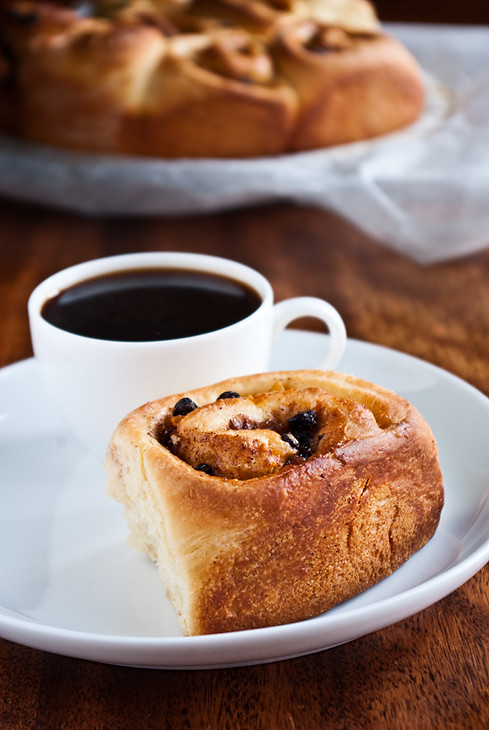I seem to have an obsession with pears. Every second recipe I make seems to involve pears in some way or another. I suppose it's the season, pears are everywhere at the moment and I have too many to just eat. It's alright though because I can always find something to use them in. Last week it was an over-abundance of oranges, this week it's pears. I hope it's cherries and strawberries next week but that's unlikely!
This cake is really simple and tasty. It's by no means beautiful and lacks visual wow factor as it's all the same shade of brown but I'm a firm believer that taste trumps prettiness any day. It's best served on the day it's made as it gets uglier the more it ages. My pictures were taken the morning after the cake was baked and by then it was already losing visual appeal. Still, it tastes just as good as it did yesterday.
On another note, this cake is actually supposed to be baked in a fluted tart dish with a loose bottom, which would no doubt add to it's visual appeal immensely. My garage door jammed up the other day, leaving me with only the tins I had in the house (yes, the cake tins live in the garage...). Luckily I had a spring-form pan the right size but if I were to make this again it would definitely be made in a tart pan!
I have to say it was nice to have a cake that used nut meal that wasn't almond. The hazelnut meal used in this recipe is a nice change from the ever present almond meal, though you could use almond meal if you prefer the taste. I'm sure it would still be good but a bit less nutty.
This is the kind of cake I would serve if I were having a casual meal with simple wholesome food. It's not rich and overpowering and it's not so decadent that you can only have a small slice. It's the kind of cake it's okay to have a hearty slice of and feel no shame or guilt. it's by no means good for you but it looks almost as though it could be.
Pear & hazelnut torta
(from Delicious Magazine, May 2009)
makes one 26cm cake
100g (3.5 oz) hazelnut meal
110g (1/2 cup) granulated sugar, plus 2 tablespoons extra
50g (1/3 cup) plain flour
1/2 teaspoon baking powder
2 eggs
60ml (1/4 cup) milk
1 teaspoon vanilla extract
80g (2.8 oz) unsalted butter, melted and cooled
2 ripe pears
Preheat the oven to 170°C (340°F). Lightly grease the bottom of a 26cm (10 inch) tart pan or spring-form cake tin.
Combine the hazelnut meal, sugar, flour, baking powder, and a pinch of salt in a large bowl and whisk to combine. Beat the eggs in a separate bowl until they are just frothy. Whisk in the milk, vanilla, and cooled butter. Pour the egg mixture into the nut mixture and stir until well combined. Scrape the resulting batter into the prepared dish. and spread out evenly.
Peel, quarter, and core the pears. Cut each quarter into 4 to 5 equal pieces. Fan the slices slightly and then transfer to the top of the batter. Repeat with remaining pear slices. Sprinkle the extra sugar over the pears.
Bake the torta for 25-35 minutes, or until the batter is firm, puffed, and golden. If the top colours too quickly over it loosely with foil.
Transfer to a wire rack sift a thick-ish layer of icing sugar over the top. Allow to cool to lukewarm and then release from the pan. Sift more icing sugar over the top just prior to serving, if required. Serve with whipped cream.










